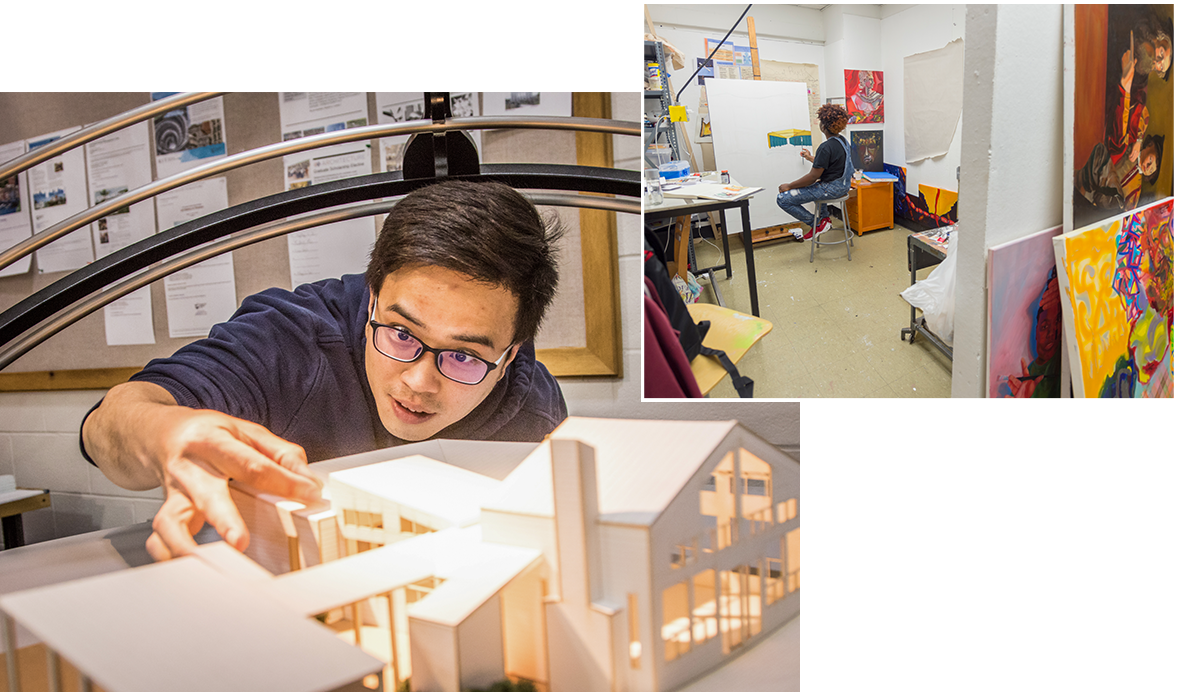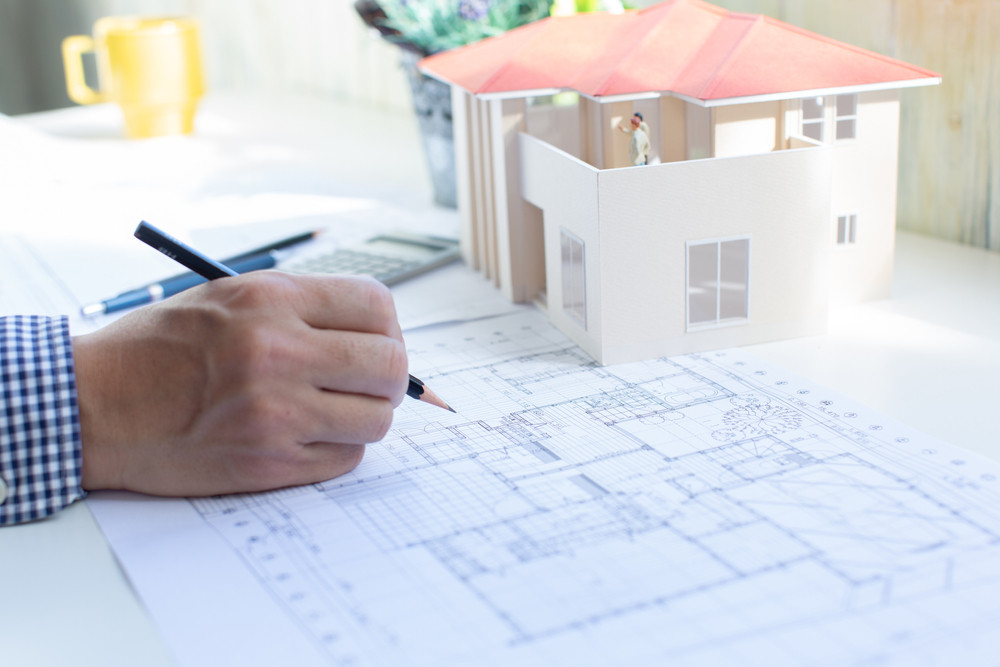Boost Your Building Design with the Knowledge of CDA Architects
Boost Your Building Design with the Knowledge of CDA Architects
Blog Article
The Influence of Technical Developments on the Style Practices of Contemporary Architects
The quick advancement of technical devices has significantly improved the style landscape for modern architects, promoting unprecedented degrees of technology and sustainability. The combination of Structure Information Modeling (BIM), parametric layout, and expert system has not only streamlined partnership amongst diverse teams however likewise redefined task implementation. However, as architects embrace these improvements, they are challenged with intricate challenges that could influence their imaginative processes. Discovering these characteristics reveals a nuanced interaction in between technology and typical style techniques, motivating a more detailed examination of what the future holds for building methods.
Development of Architectural Equipment
How have architectural tools transformed the layout and building and construction processes over the centuries? The development of architectural devices has actually dramatically influenced the effectiveness, precision, and creativity of style and building.
With the introduction of the Renaissance, the introduction of the compass and the protractor marked an essential shift. These tools enabled architects to achieve better precision in their designs, assisting in the appearance of more intricate and proportionate structures. The Industrial Change additionally revolutionized building technique with the intro of mechanized tools and products, enabling bigger and much more enthusiastic tasks.
In the 20th century, the growth of computer-aided style (CAD) software application transformed the landscape once more, providing designers with unprecedented capabilities in modeling and visualization. Today, progressed tools such as Structure Details Modeling (BIM) and parametric layout software program continue to press the boundaries of architectural advancement, making it possible for a much more incorporated technique to layout and building processes.
Boosted Partnership in Style
As technology proceeds to evolve, enhanced partnership in style has actually become a foundation of modern architectural practice. The combination of electronic tools such as Building Details Modeling (BIM), cloud-based systems, and advanced visualization software application has actually changed the method designers, designers, and stakeholders connect throughout the layout process. These devices facilitate real-time interaction, allowing groups to share concepts, adjustments, and comments instantaneously, despite geographical area.

Furthermore, interdisciplinary collaboration has actually been streamlined through these technological advancements, enabling designers to function much more very closely with other professionals, such as urban coordinators and ecological consultants. The result is a much more cohesive strategy to create that considers various viewpoints and know-how. Eventually, improved partnership in style is not merely a pattern; it is important for producing ingenious, practical, and aesthetically pleasing architecture in an increasingly complicated world.

Sustainability With Technology
Sustainability in architecture has significantly this website become intertwined with technical innovation, driving the industry toward eco accountable practices. Contemporary designers are leveraging advanced modern technologies to lessen environmental influence while boosting the performance of structures. cda architects. One noticeable instance is making use of Building Details Modeling (BIM), which enables precise planning and resource allocation, decreasing waste during building and advertising energy effectiveness throughout a building's lifecycle
Furthermore, wise materials and energy-efficient systems are being integrated right into designs to optimize resource use. Technologies such as photovoltaic or pv cells and environment-friendly roof harness renewable power sources, adding to minimized carbon impacts. Additionally, the application of synthetic intelligence in style procedures makes it possible for engineers to mimic and evaluate power consumption, guiding decisions towards even more sustainable end results.
The assimilation of sustainable technologies not only lines up with global environmental goals however likewise satisfies an increasing need from customers for eco-friendly services. As architects embrace these advancements, the focus shifts in the direction of developing rooms that are not only aesthetically pleasing however additionally functionally sustainable, consequently redefining the requirements of modern-day design. By doing this, technology functions check out this site as a driver for sustainability, enabling engineers to design buildings that regard and improve the natural environment.
Challenges in Implementation
While technical advancements in style hold great assurance for improving sustainability, their application usually comes across significant difficulties. One main obstacle is the steep understanding curve connected with new technologies. Engineers and construction specialists may require comprehensive training to efficiently use sophisticated software application and tools, which can delay job timelines and increase expenses.
Additionally, the integration of emerging technologies, such as Structure Details Modeling (BIM) and lasting materials, frequently necessitates collaboration across multidisciplinary groups. This partnership can be hindered by distinctions in experience, operations, and interaction styles, bring about possible conflicts and inefficiencies.

Furthermore, regulatory structures and building ordinance may not keep speed with technical innovations, developing ambiguity and prospective compliance problems. This obstacle can discourage architects from fully embracing new technologies, as the danger of non-compliance may surpass the benefits. Addressing these application difficulties is critical for the successful assimilation of technical advancements in contemporary building methods.
Future Patterns in Design
The challenges connected with the application of new modern technologies in architecture have actually motivated a reevaluation of future patterns within the industry - cda architects. As designers browse concerns such as sustainability, urbanization, and social equity, they look at these guys are significantly embracing cutting-edge modern technologies to enhance style effectiveness and environmental performance
One noticeable pattern is the assimilation of man-made knowledge (AI) in the style process. AI tools can examine huge datasets to inform style choices, enhancing both imagination and performance. Building Details Modeling (BIM) continues to advance, allowing real-time collaboration amongst stakeholders and facilitating streamlined task monitoring.
Sustainable design methods are additionally gaining energy, with engineers concentrating on flexible reuse and regenerative design concepts that minimize source intake and waste. The unification of clever products and eco-friendly power resources will certainly even more boost the strength of structures despite climate modification.
Furthermore, the surge of parametric style allows for even more customized and context-sensitive architectural options (cda architects). By taking advantage of these developments, engineers are positioned to create constructed environments that not just attend to the immediate needs of culture yet also expect future difficulties, consequently redefining the role of design in an ever-changing globe
Conclusion
Technological advancements have dramatically improved architectural style methods, helping with boosted precision, collaboration, and sustainability. The integration of devices such as Structure Info Modeling and parametric style software program, together with artificial intelligence and clever materials, empowers architects to deal with complex difficulties extra efficiently.
Report this page